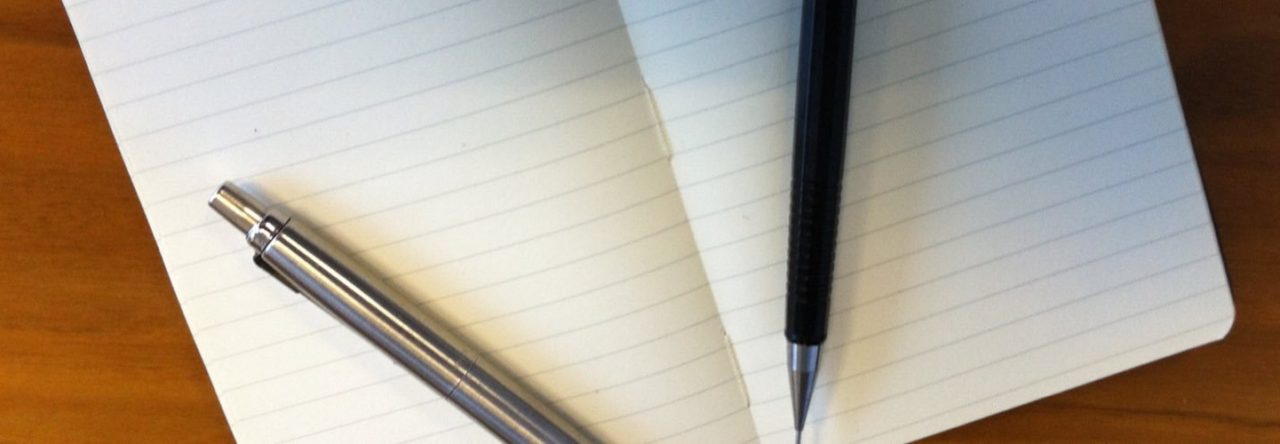 ‘The Mirror of Time’ is the latest incarnation of the ‘Bodyworlds’ series of exhibitions, run by the anatomist Gunther von Hagens. And yes, the Bodyworlds exhibitions are the ones with real dead bodies preserved by a process called ‘plastination’.
‘The Mirror of Time’ is the latest incarnation of the ‘Bodyworlds’ series of exhibitions, run by the anatomist Gunther von Hagens. And yes, the Bodyworlds exhibitions are the ones with real dead bodies preserved by a process called ‘plastination’.
Let’s just deal with the issue of looking at dead bodies first; I have no problem at all with it – I don’t consider the human body, even stripped of its flesh, ugly or scary or gross or anything like that, though I understand that a lot of people might feel that way. That’s fine, though I do dislike it when saying ‘I don’t like it’ gets conflated with ‘ah, but were the bodies obtained legally?’ and the like. I’m absolutely fine with the idea of something I’m interested in not being to someone else’s tastes.
As an aside, I think part of the reason that such sights might creep people out is because the only times we’re generally likely to see the human body with its musculature exposed, or nerves poking out, is in a horror film (example: Hellraiser) where it’s not exactly presented in a good light. And its sheer lack of familiarity (to most of us, anyway) makes looking at such sights feel like looking at one of those lifeforms from the bottom of the Marianas Trench – just too outside of our frame of refence to be immediately comfortable, basically.
Anyway, all that aside, I thought this was an interesting exhibition. It starts off showing the stages of development in the womb, and then shows various stages in the lifecycle, with particular emphasis on aging and other ways that our internal organs change and decay over time. There are several other plastinated forms which don’t really fit in the ‘chronology’ really – a plastinated horse and giraffe, for example – but the overall theme just about holds, and I was genuinely surprised at some of the items, such as the size difference between a healthy and a diseased liver.
This was the first time I’d seen one of these exhibitions, and thus the first time I’d been within such a short distance of a dead body. I have to say that, even knowing that these were real people who’d once been walking and breathing and eating and pooing like you or I, after seeing the first one, I didn’t really focus on that aspect of it, but instead was more intrigued by the way you could see the nerves or whatever. Which, I guess, is the point of the exhibition.
I did come away, though, with a renewed sense of being impressed at just what a clever device the human body is; fragile in some respects and yet resilient in so many others, and whether you believe that the form developed as a result of some divine intervention or evolution or some other route, it’s nonetheless an incredible organism, and the mere fact that you’re able to see these words and read them and interpret them as having some meaning is, in itself, the result of a number of biological processes in a system that we could all too easily take for granted. That said, Mrs Wife and I did go on to the chip shop afterwards, so one might argue that the respect for the body was short-lived.
If you don’t find the idea of the plastinated forms off-putting, there’s some informative stuff to be gleaned from this exhibition, and I’d recommend it.
It’s on at the (now post-)Millennium Dome in Greenwich, London, until August 23, 2009.


Leave a Reply